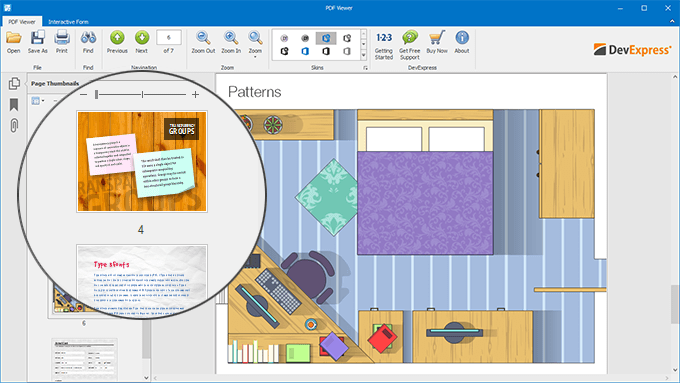Design Patterns C# Pdf


In, a software design pattern is a general, solution to a commonly occurring problem within a given context in. It is not a finished design that can be transformed directly into. It is a description or template for how to solve a problem that can be used in many different situations.
Design patterns are formalized that the programmer can use to solve common problems when designing an application or system. Design patterns typically show relationships and between or, without specifying the final application classes or objects that are involved. Patterns that imply mutable state may be unsuited for languages, some patterns can be rendered unnecessary in languages that have built-in support for solving the problem they are trying to solve, and object-oriented patterns are not necessarily suitable for non-object-oriented languages. Design patterns may be viewed as a structured approach to intermediate between the levels of a and a concrete.
Contents • • • • • • • • • • • • • • History [ ] Patterns originated as an by (1977/79). In 1987, and began experimenting with the idea of applying patterns to programming – specifically – and presented their results at the conference that year.
In the following years, Beck, Cunningham and others followed up on this work. Design patterns gained popularity in after the book was published in 1994 by the so-called 'Gang of Four' (Gamma et al.), which is frequently abbreviated as 'GoF'. That same year, the first Conference was held and the following year, the was set up for documentation of design patterns. The scope of the term remains a matter of dispute. Notable books in the design pattern genre include: •;;; (1995).... Download Concertino Trombone Pdf. Studies in Computational Science: Parallel Programming Paradigms.
Design Patterns in C# (Software Patterns (Paperback)) [Steven John Metsker] on Amazon.com. *FREE* shipping on qualifying offers. For students learning in the.
Prentice Hall.. •; Meunier, Regine; Rohnert, Hans; Sommerlad, Peter (1996). Pattern-Oriented Software Architecture, Volume 1: A System of Patterns. John Wiley & Sons..
•; Stal, Michael; Rohnert, Hans; Buschmann, Frank (2000). Pattern-Oriented Software Architecture, Volume 2: Patterns for Concurrent and Networked Objects. John Wiley & Sons.. Patterns of Enterprise Application Architecture... • Hohpe, Gregor; Woolf, Bobby (2003)....
• Freeman, Eric T; Robson, Elisabeth; Bates, Bert; (2004). Head First Design Patterns... Although design patterns have been applied practically for a long time, formalization of the concept of design patterns languished for several years. Practice [ ] Design patterns can speed up the development process by providing tested, proven development paradigms. Effective software design requires considering issues that may not become visible until later in the implementation.
Reusing design patterns helps to prevent subtle issues that can cause major problems [ ], and it also improves code readability for coders and architects who are familiar with the patterns. In order to achieve flexibility, design patterns usually introduce additional levels of, which in some cases may complicate the resulting designs and hurt application performance. By definition, a pattern must be programmed anew into each application that uses it. Since some authors see this as a step backward from as provided by, researchers have worked to turn patterns into components. Meyer and Arnout were able to provide full or partial componentization of two-thirds of the patterns they attempted. Software design techniques are difficult to apply to a broader range of problems.
[ ] Design patterns provide general solutions, in a format that does not require specifics tied to a particular problem. Structure [ ] Design patterns are composed of several sections (see below). Of particular interest are the Structure, Participants, and Collaboration sections. These sections describe a design motif: a prototypical micro-architecture that developers copy and adapt to their particular designs to solve the recurrent problem described by the design pattern. Eeebuntu 4.0 Beta.
A micro-architecture is a set of program constituents (e.g., classes, methods.) and their relationships. Developers use the design pattern by introducing in their designs this prototypical micro-architecture, which means that micro-architectures in their designs will have structure and organization similar to the chosen design motif. Domain-specific patterns [ ] Efforts have also been made to codify design patterns in particular domains, including use of existing design patterns as well as domain specific design patterns. Examples include design patterns,, secure design, 'secure usability', Web design and business model design. The annual Conference proceedings include many examples of domain-specific patterns.